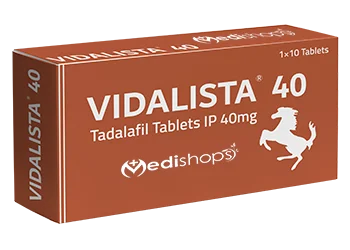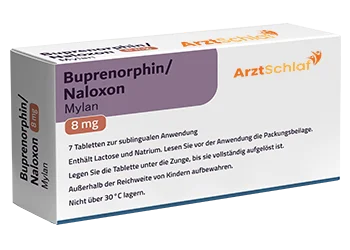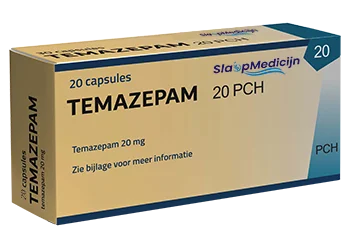As scientific suppliers look for means to boost the health of their people at the populace level, one wonderful source that they must tap is their area health division. There are many resources and also skills that health departments will certainly show doctors and also various other service providers that will certainly enhance their capacity to enhance the health of their clients.
In my work I have actually had various events to work together with the principal epidemiologist of the Kent County Health Department of Michigan-Mr. Brian Hartl. With these contacts and also via an initial public health course I have actually located that health departments are professionals at offering population level health solutions. This remains in contrast to the majority of professional providers who stand out at working with their individuals on an in person level. Both staff of doctor offices as well as staff of health departments are interested in the health of people and groups of individuals.
Medical professionals most often work with people during in person encounters. They treat the condition or injury of a specific individually. As an example, if a medical professional is dealing with a client with hypertension, she will plan a course of treatment with the person in mind. If the physician takes into consideration the populace level in her work, after that she is looking at just how the therapies and directions that she provides impact a group of her people. For example, she may take into consideration how efficient she is in treating her patients with hypertension jointly.
The people of a county health department are the populace of the area. Just in a few instances do health divisions treat individuals one at a time. Much of their job would certainly not be considered clinical interventions. Nevertheless, their job does influence the population overall. For instance, health departments are in charge of seeing that food at dining establishments is managed and prepared correctly. Health departments track reports of contagious illness to determine prospective clusters or outbreaks, such as measles, in order to activate the area as well as doctor teams to respond and protect against further transmission.
Can these two health groups benefit each other in improving the health of their clients and also, if so, just how? I lately spoke with Brian Hartl about this as well as he shared some thoughts that I think can help scientific companies do a much better job. As an expert in population degree health, Mr. Hartl sees much of his job as precautionary in nature. In the emerging world of populace degree medication it is important for medical professionals and other clinical personnel to concentrate on avoidance too-prevention of chronic conditions getting worse for individuals, such as prevention of clients detected with prediabetes advancing to diabetes, and avoidance of teenager clients from mistreating alcohol and various other medicines, consisting of tobacco. The Kent Region Health Department has numerous resources that can aid physicians attain their objective as well as would certainly be really happy to collaborate with professional teams. As a matter of fact, KCHD presently has a give whose funds can be utilized to boost client chances for chronic illness avoidance, threat reduction or monitoring through professional as well as community links.
Mr. Hartl believes there is possible to collaborate with medical professionals to develop a system for prescribing healthy living tasks and way of livings as non-clinical treatments for the prevention/management of chronic disease. As an example, the Kent Region Health Department is proactively engaged in assisting neighborhoods establish walking courses in underserved areas in the City of Grand Rapids. He thinks that clients with persistent conditions can significantly benefit if they came to be much more active by walking. He is willing to share maps and information about the place of such courses so that a physician can prescribe a strolling schedule for a person and then direct them to close-by courses that they can quickly accessibility.
The Kent County Health Division is additionally participated in working with community companions to bring fresh foods to areas in the region where accessibility to fresh fruits and vegetables is tough. These are called ‘food deserts’ as well as frequently only have retail food shops that are ‘quick markets’ that have just boxed food, such as those located in lots of filling station. His team is working with such retailers in the area to get over the obstacles to providing fresh foods. Mr. Hartl wants to show physician groups the areas of fresh food sources in the area so that clinicians can educate their people of the areas and improve their food lifestyles.




